American River College Engineering Club members are working on a project to build one of the fastest human powered vehicles to compete against other colleges at Pomona, California on March 15, 2019. The competition is organized by American Society of Mechanical Engineers (ASME).
The human powered vehicle will be made for people living in remote areas, particularly third world countries, to use as a transport vehicle with a high speed of 45-miles-per-hour.
“Engineers are trying to find a better solution of how we can provide those devoted communities a better mode of transportation,” said Jesbaam Sanchez, a mechanical engineering major and secretary of the Engineering Club at ARC.
The Engineering Club project is not only a began to start up competition but help communities by solving their transportation problems. The vehicle will connect different locations of the people to each other.
Justin Asahan, an aerospace and mechanical engineering major, is one of the participants building the vehicle.
“Our system is like [a] three wheel tricycle design,” Asahan said. “It’s used for testing in mobility in countries where there is no electrical capabilities.”
According to Asahan, the vehicle shape has three tires. The vehicle does not need to be charged and also won’t require any electric power.
Asahan’s role in the project is to make the frames.
“I am just helping out the team buildout and structure all the materials into workable transports vehicle,” Asahan said.
The vehicle is structured to be built with the lowest cost possible so that everyone can afford to buy it and build it.
“Our goal is basically make it more affordable and easy [so that] everybody [can build and afford] it,” Sanchez said.
Used bike parts can also be utilized. Sanchez came up with the idea that instead of throwing a used bicycle away, to use it to build your own human powered vehicle.
Arthur Flice, design tech major and a member of the engineering club, is working on the project as designer. Flice says that the club is in the design phase of the project.
“I started designing 3D parts, just for demo, to see how it’s going to work I think it should work OK,” Flice said.
Each member of the team is participating and trying to use his or her skills on building the vehicle.
“We have a pretty good chance of winning. A lot young and smart kids are doing good [in] the competition the designs seems really good,” Flice said.
Asahan said the club members look ready and already all the parts and equipments available.
“We all set with all the stuff we need like we have 3D printed parts, all the CAD files, all the physical objects,” Asahan said. “We are pretty much on track.”
Correction: A previous version of this article incorrectly stated that the club will compete against other community colleges. ARC will compete against public and private California universities.
A previous version of this article contained a quote that incorrectly read “Engineers are trying to find a better solution of how we can provide those devoted communities a better motor transportation.” The correct quote is “Engineers are trying to find a better solution of how we can provide those devoted communities a better mode of transportation.”


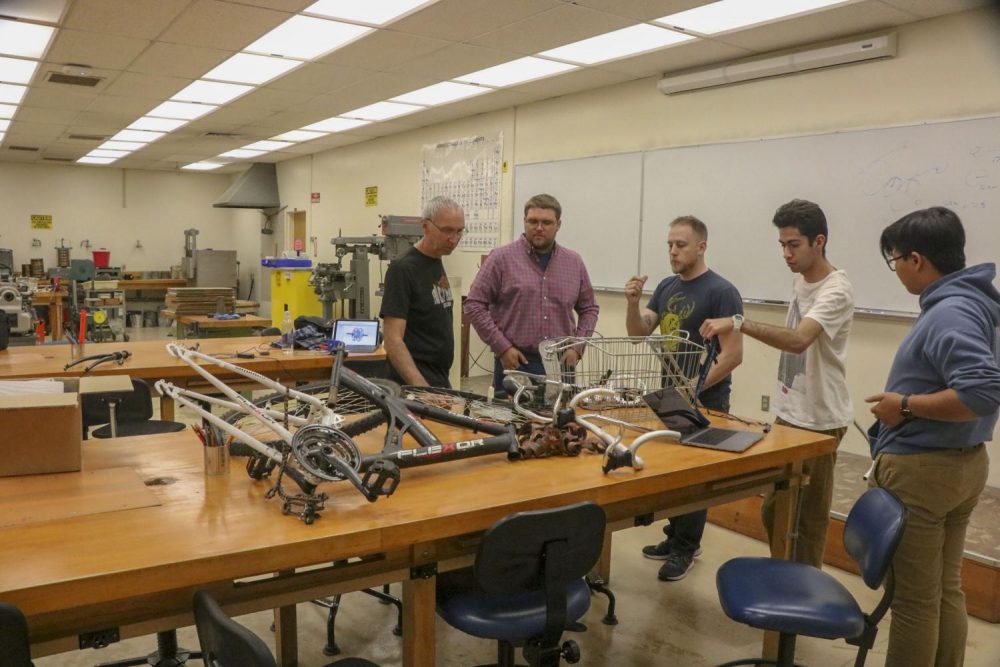
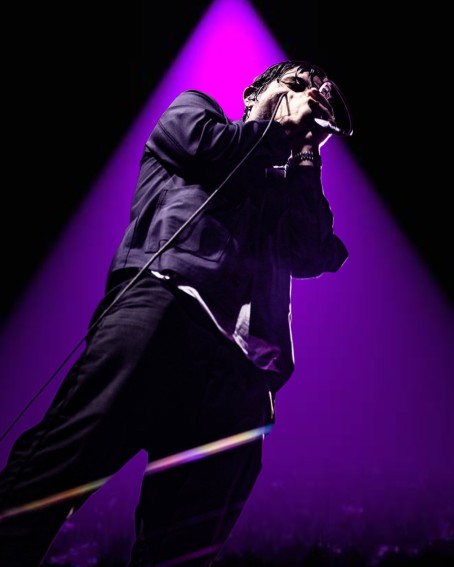



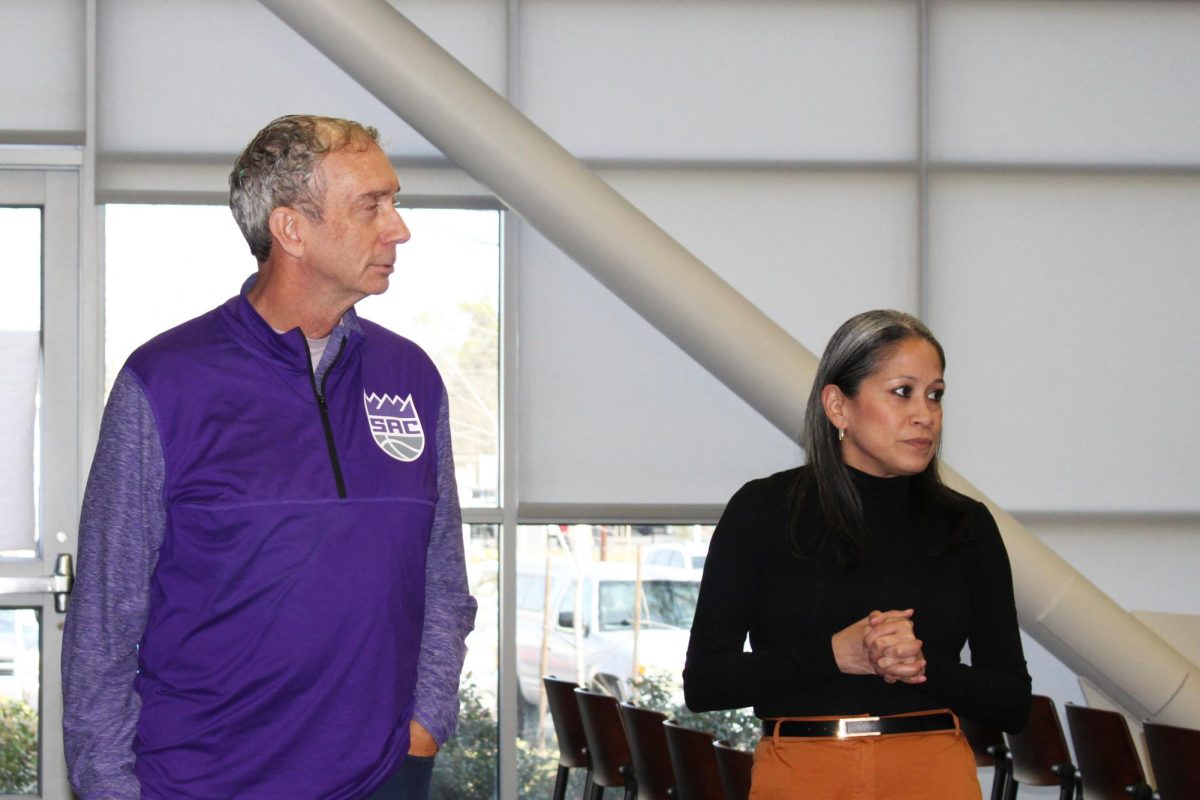
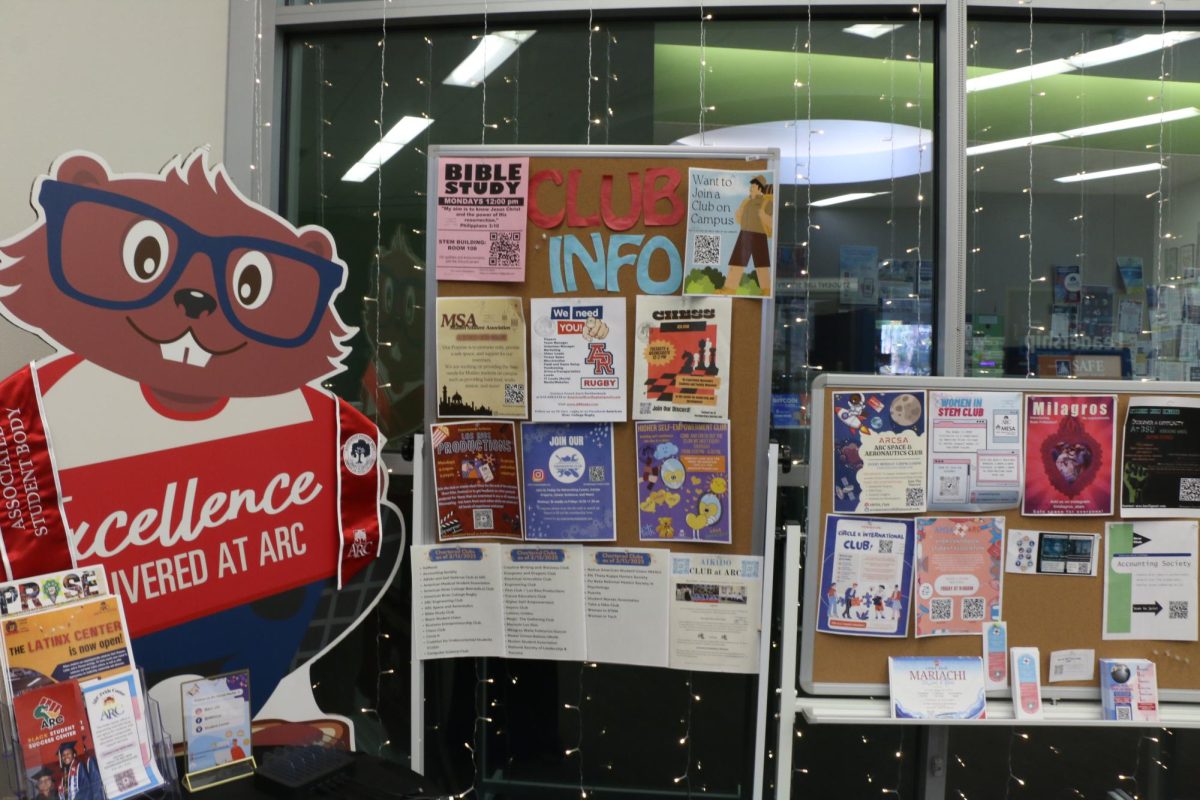
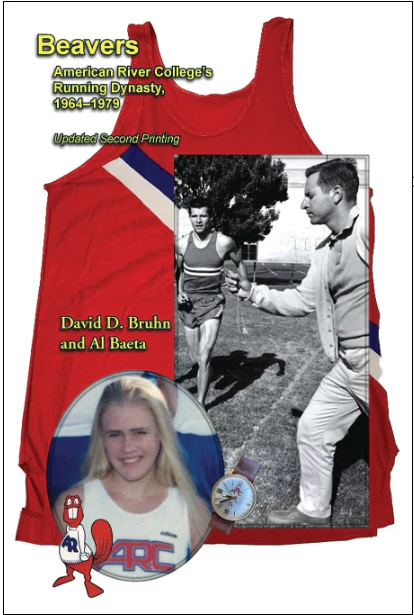

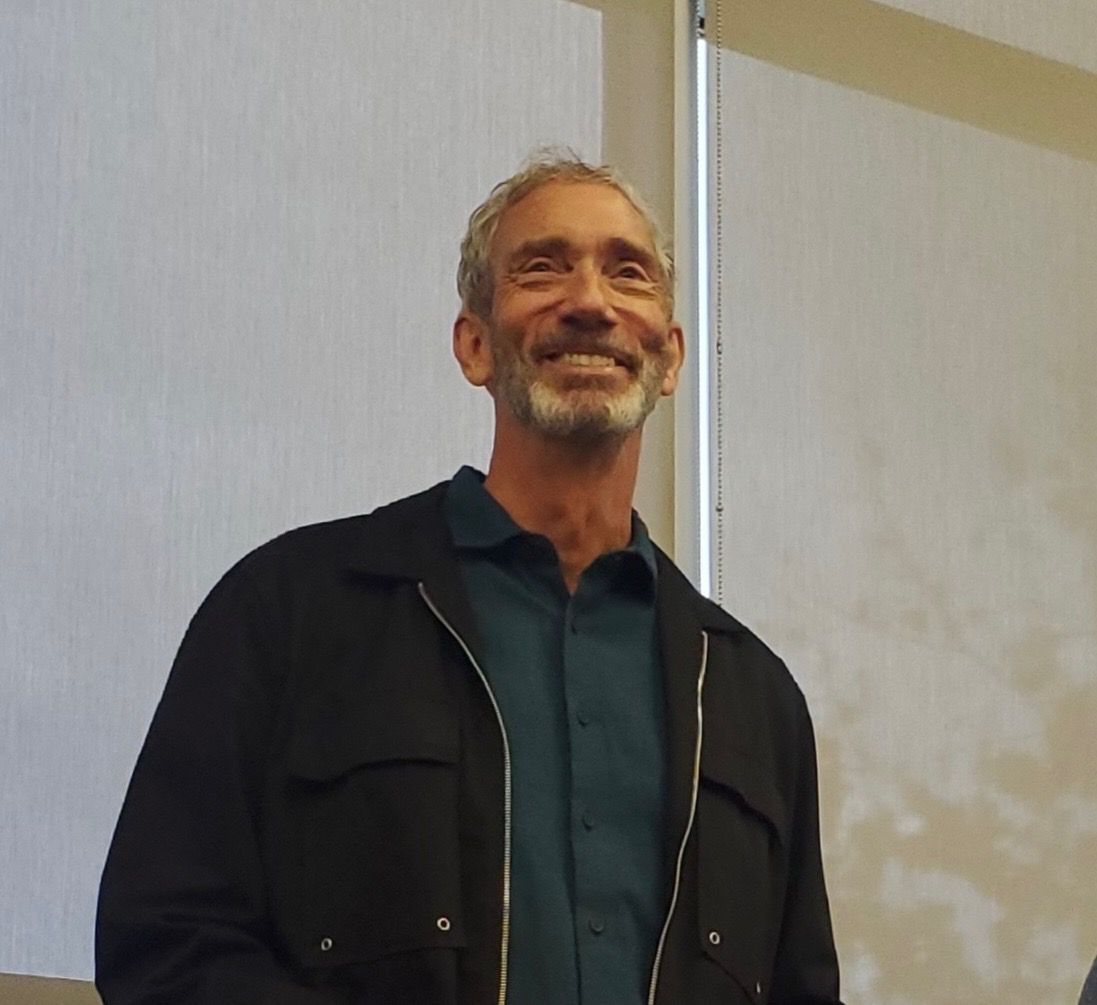
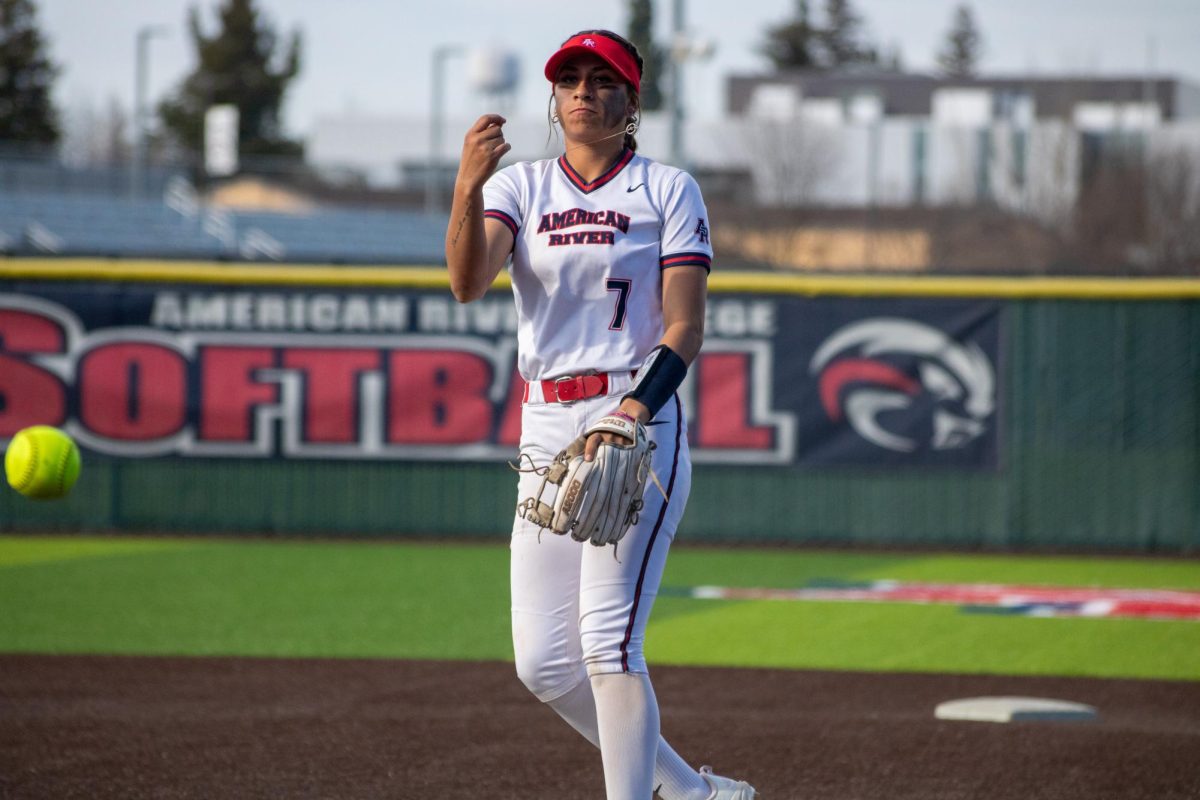
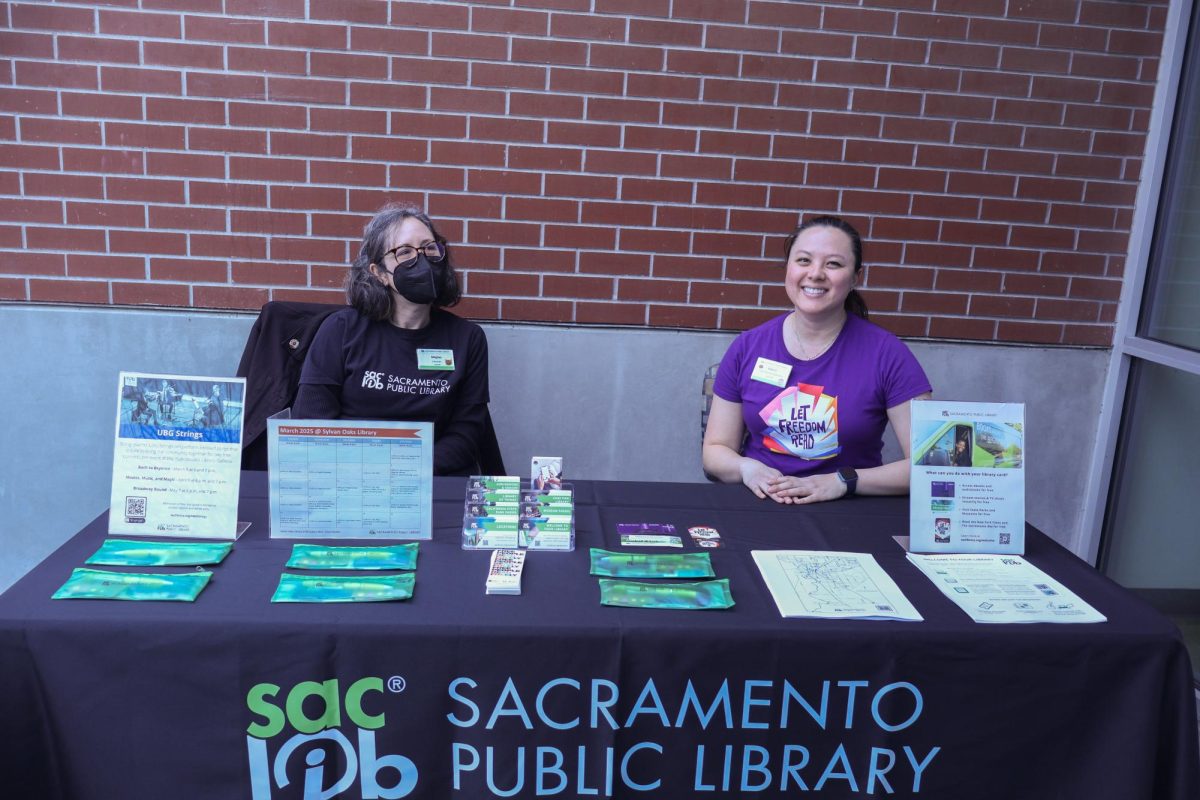
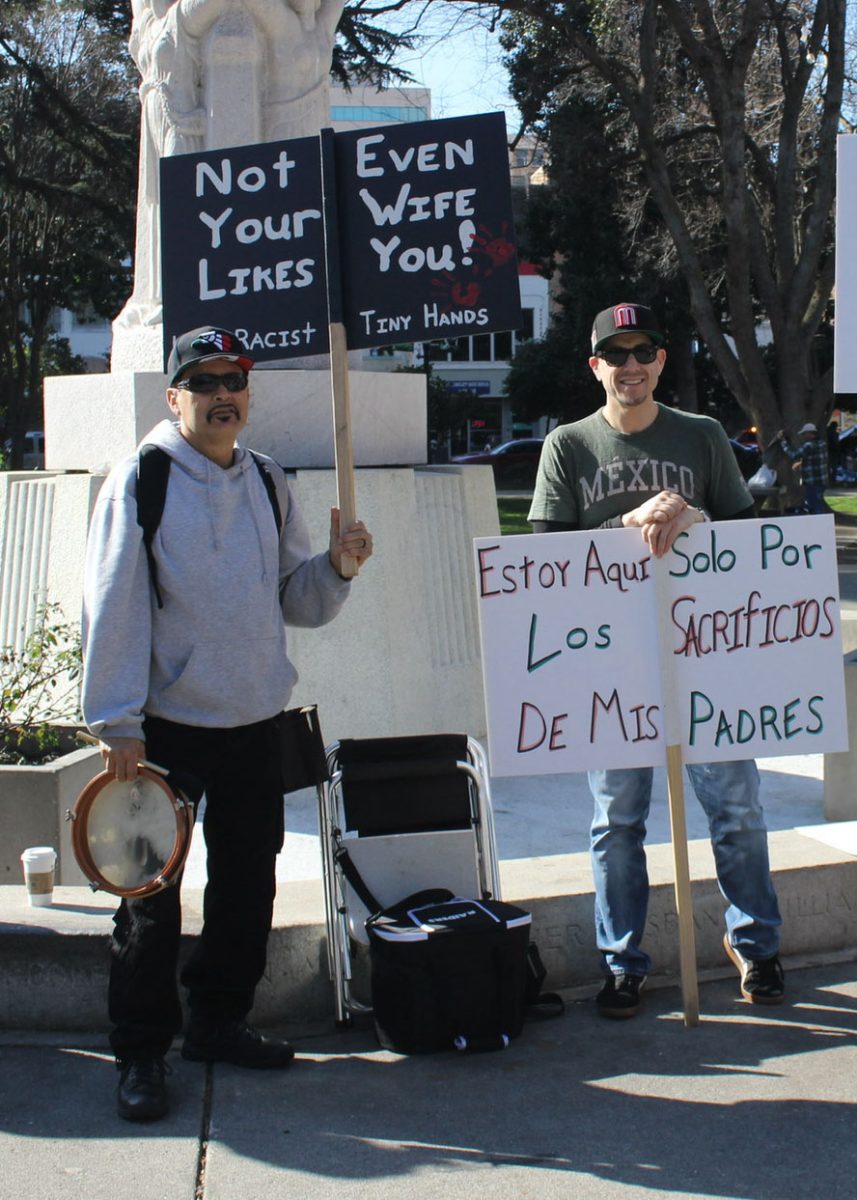
Hameed Zargry • Nov 26, 2018 at 1:10 pm
Thank you Sanchez for the comment; I will edit and repost it again soon. Thanks
Jesbaam Sanchez • Nov 15, 2018 at 11:23 pm
Thank you so much!! But I do want to say a few things about the article. Under the quote “Engineers are trying to find a better solution of how we can provide those devoted communities a better motor transportation,” it supposes to be MODE not motor. A better mode of transportation. And also we are not competing against other community colleges, we are competing against Public and Private universities, Like Calfirnoira State universities, Universities of California and private schools. Thank you